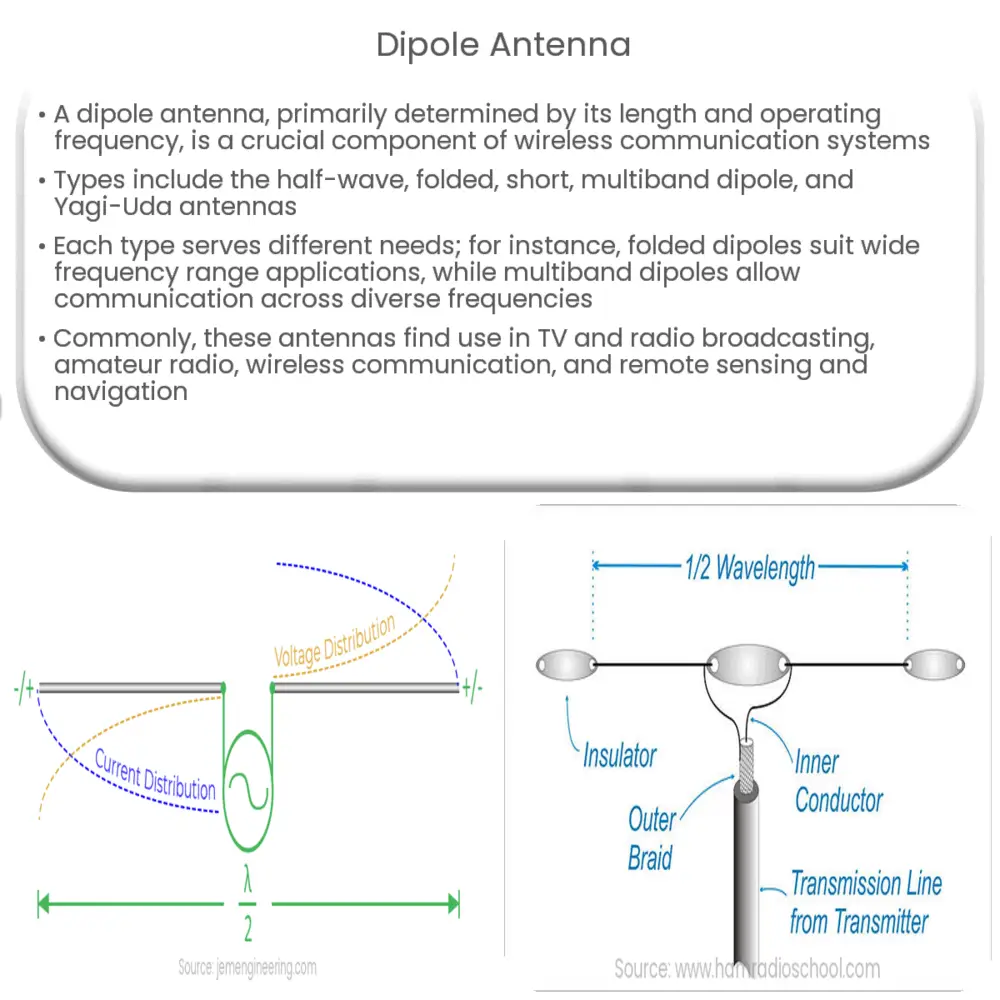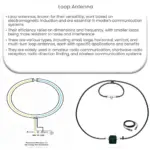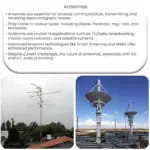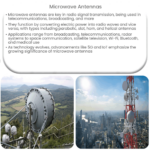A dipole antenna is a basic radio antenna with two conductive elements, often used in broadcasting, wireless communication, and amateur radio.

Dipole Antenna: A Comprehensive Overview
Introduction
A dipole antenna is a widely used type of radio antenna that is typically composed of two identical conductive elements such as metal rods or wires. The name ‘dipole’ refers to its two-pole structure, which forms the basic foundation for various antenna designs. In this article, we will delve into the fundamentals of dipole antennas, their types, and applications.
Basic Structure and Functioning
A dipole antenna consists of two conductive elements, such as metal rods or wires, which are aligned end-to-end with a small gap in the center. This gap is connected to a feed line, such as a coaxial cable or a balanced transmission line, which transfers radio frequency (RF) energy to and from the antenna. When an RF signal is applied to the feed point, the dipole antenna radiates the signal into the surrounding space.
Conversely, when a dipole antenna is exposed to an incoming RF signal, it generates a voltage across its terminals that can be transferred to a receiver for processing. The performance of a dipole antenna is primarily determined by its length and the frequency at which it operates. The resonant frequency of a dipole antenna is directly proportional to its physical length, with longer antennas operating at lower frequencies and vice versa.
Types of Dipole Antennas
Dipole antennas can be classified into various types based on their design and configuration. Some common types include:
1. Half-Wave Dipole Antenna
A half-wave dipole antenna is the most common and simplest form of a dipole antenna. Its length is approximately half the wavelength of the operating frequency, and it exhibits a characteristic radiation pattern with maximum gain in the direction perpendicular to the axis of the antenna. The half-wave dipole is often used as a reference antenna due to its straightforward construction and predictable performance.
2. Folded Dipole Antenna
A folded dipole antenna is formed by folding a half-wave dipole back on itself, resulting in a closed loop. This design increases the antenna’s input impedance, making it more suitable for use with 300-ohm balanced transmission lines. The folded dipole also exhibits a broader bandwidth, making it useful for applications where a wide frequency range is required.
3. Short Dipole Antenna
A short dipole antenna is significantly shorter than a half-wavelength and operates at a non-resonant frequency. Due to its compact size, it is often used in portable and mobile communication devices. However, its performance is typically less efficient than that of a half-wave dipole, and it may require additional components such as loading coils to compensate for its reduced radiation resistance.
4. Multiband Dipole Antenna
A multiband dipole antenna is designed to operate efficiently at multiple frequency bands. This is achieved by using multiple dipoles, often connected in parallel or in a fan-shaped configuration, with each dipole resonating at a specific frequency. Multiband dipole antennas are popular among amateur radio operators, as they enable communication across a wide range of frequencies without the need for multiple antennas.
5. Yagi-Uda Antenna
Although not a dipole antenna in the strictest sense, the Yagi-Uda antenna is a directional antenna design that uses a dipole as its driven element. It consists of a half-wave dipole, along with additional passive elements called reflectors and directors, which are arranged in a linear array to focus the antenna’s radiation pattern in a specific direction. Yagi-Uda antennas are widely used in television reception, wireless communication, and radar systems due to their high gain and directional capabilities.
Applications of Dipole Antennas
Dipole antennas are versatile and find applications in a variety of fields. Some common uses include:
- Television and Radio Broadcasting: Dipole antennas are used as transmitting antennas for TV and radio signals. They provide good coverage and are easy to install on towers or buildings.
- Amateur Radio: Ham radio operators often use dipole antennas due to their simplicity, efficiency, and wide frequency range capabilities. Multiband dipoles are especially popular for this purpose.
- Wireless Communication: Dipole antennas are used in wireless communication systems such as Wi-Fi routers, cell phone towers, and two-way radios. They offer reliable performance and can be easily integrated into compact devices.
- Remote Sensing and Navigation: Dipole antennas are employed in radar and global positioning systems (GPS) for remote sensing, navigation, and tracking purposes. They provide accurate and reliable signal reception in these critical applications.
Conclusion
Dipole antennas are a fundamental component of modern wireless communication systems. Their simplicity, adaptability, and efficiency make them an indispensable tool for transmitting and receiving radio frequency signals across various applications. By understanding the different types of dipole antennas and their respective advantages, engineers and hobbyists can select the most appropriate design for their specific needs and enjoy the benefits of efficient wireless communication.




